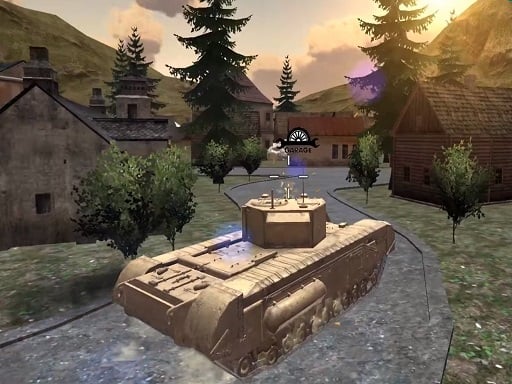

"Of course, there will be new technologies and innovation that will be added to it and the vehicle would need to adapt, but the status of the battle tank will remain unchanged." They now have to be part of a wider and diverse weapons package that works in tandem with other systems in a highly complex and demanding environment."ĭespite doubts being raised over its viability, the main battle tank (MBT), remains the backbone of mechanized forces.Īn official from Nexeter Systems, which manufactures the French Leclerc tank, says: "Some people might think that the main battle tank won't be of any use in the future but if you ask me, I think that the MBT will remain the king of the battlefield for many years. "As the fundamentals of modern warfare get altered, tanks can no longer operate in isolation. Ian Maine, an assistant director at the National Army Museum, London thinks that the tank's much-vaunted ability to dominate the battlescape has been somewhat blunted.

However, a century later the world has changed and warfare has had to evolve too, forcing armaments companies and generals to rethink the role of their armored vehicles. While it had little impact that day, what followed was the coming of age of an extremely lethal platform that could shock and awe, overwhelm enemy defences and cover vast distances in a matter of hours. Making its debut on September 15, 1916, was the British Mark I, "the cavalry of modern times".

The battle of the Somme, one of the bloodiest episodes of World War I and the largest campaign on the Western Front, killed or injured over a million allied and German soldiers.Īmid the horror, a new weapon was born that would come to define warfare for the rest of the 20th century and into today.


 0 kommentar(er)
0 kommentar(er)
